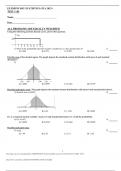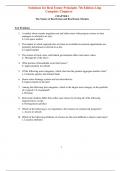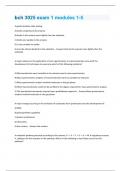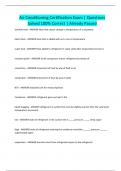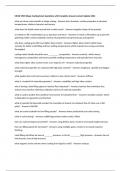College aantekeningen
MA1 - Chemical & Materials Engineering - Summary course with notes integrated
- Vak
- Electrochemistry
- Instelling
- Vrije Universiteit Brussel (VUB)
MA1 - Chemical & Materials Engineering - Summary course with notes integrated
[Meer zien]




